Yeah...I can see why they sold it. They'd not really built much out of it...added a bunch of sequencers, but not built out the voicing compliment much at all. I did fix it up, but the budget I hit was $1224, which overruns about $500 over your line. But as a result, I was able to turn this into a pretty respectable little rack. Vide:

Now...to make this work (and assuming that I'm right that this was built in a Pittsburgh EP-270), you're going to have to change one thing about the case itself. Remove the feet from the 'short' bottom, and reattach them so that you can lay this down on the larger side, what would normally be the 'back'. Basically, you're going to make this into a sloping horizontal cab instead of a sloping vertical.
And the bottom row is why. Notice: all of the control surfaces are now at the front of the cab, on an easy slope, which makes them...well, controllable controllers. The percussion sequencer is left, so that it can also work as the primary clock, for which I put the Brains (sequencing controller for the Pressure Points) next to that, and, natch, then the Pressure Points. Then the Rene, since it has its touchpad controls for changing things on the fly, and the Rosie mixer/crossfader is over at the right side so that your line out can go right off the side of the cab.
Top row: added a passive mult to do some CV splitting from the controller row or the Lifeforms' MIDI converter, or both. The next two were in the original build, but are mainly voicing, so they went up top along with a Plaits (the new version of the Braids) to double the Braids, then a Quad VCA because this original build was almost devoid of useful VCAs, plus it can also submix the sources.
Middle row is mainly modulation and modifiers, save for the Erica Pico Seq on the left, poised to use the Percussion Sequencer's clock. Added a Quad LFO for some extra basic cyclic modulation, then the Maths for the...well, Maths things, and a dual ADSR envelope for the VCF duties. A TriATT is there for offset voltages, attenuation/inversion of modulators, then a simple CV-controlled distortion module starts off the modifier chain. Next up, a very serious, very vintage character VCF: G-Storm's replica of the 'pre-lawsuit' ARP 2600 low-pass, the infamous Moog ladder copy. Beefy VCF...was very lacking. It can also handle two inputs for a bit of submixing. Then the Rings and DSP at the end to pass through to the Rosie.
Yeah, this thing was a mess...it seemed like whoever had it before had something of an idea of where they wanted to go with the build, but either couldn't get the resources together or, just as possibly, got utterly confused and gave up after adding too much of not exactly the right things. But this is a major improvement...as well as a very usable instrument with the additions and major structural reworking.

